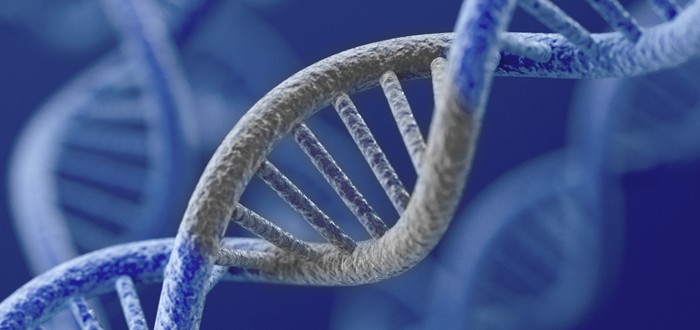PARD3 is a gene that is supposed to prevent mesothelioma tumors from developing. Yet, somehow, the tumor suppressor ends up itself being suppressed so that mesothelioma and other lung cancers can get started and keep growing.
This finding was reported in the journal Cancer Research by researchers at Bellvitge Biomedical Research Institute near Barcelona, Spain.
The PARD3 gene encodes the PARD3 protein. PARD3 stands for partitioning defective 3 homolog. This protein is a vital ingredient that permits normal, healthy cells to asymmetrically divide and grow.
Asymmetric division is an act that has special significance if the cell that’s doing the dividing is a stem cell. Basically, it permits a stem cell to produce a pair of daughter cells; one will be a duplicate of the stem cell while the other will not be a duplicate.
Mesothelioma and Cancer Stem Cell Hypothesis
There’s a theory out there called cancer stem cell hypothesis. The underlying idea is that tumors derive from stem cells gone bad via a process of mutation.
The exact-duplicate daughter stem cells derived from the asymmetrical division of these mutated stem cells keep the tumor going and growing through further asymmetrical division, according to the hypothesis.
The PARD3 gene is there to act as a guardrail that puts a stop to the asymmetrical division of mutated cancer stem cells. Except that it doesn’t for some reason.
The reason why it doesn’t was what that the Spanish researchers sought to explain through their investigation.
According to the researchers, cells in the lung region that grow normally have what is described as correct polarization. In other words, they’re all lined up and oriented in a certain formation.
The PARD3 protein helps makes sure this correct polarization occurs. The PARD3 gene is responsible for making sure the PARD3 protein maintains its ability to perform that assigned duty.
Trouble arises when the PARD3 gene deactivates.
“When the gene is inactivated, errors occur in this cell orientation and in contact with neighboring cells,” the researchers wrote. “Any change affecting this structure promotes tumor development.”
Using cell specimens in lab dishes and in mice, the researchers tested various ways of reactivating PARD3 genes that had gone on hiatus.
They found that reactivated PARD3 genes resulted in renewed regulation of cell polarization.
How Mesothelioma Causes PARD3 Deactivation Is Not Clear
However, they still don’t have an explanation for why the PARD3 gene deactivates in the first place.
And, before their insights about the PARD3 gene can be translated into a mesothelioma therapy, they will have to figure out a way to prevent the reactivated PARD3 gene from re-deactivating.
The PARD3 researchers are part of a team that focuses on basic high-level science. They conducted their investigation for “PARD3 Inactivation in Lung Squamous Cell Carcinomas Impairs STAT3 and Promotes Malignant Invasion” at Bellvitge Biomedical Research Institute’s Research Center for Cellular Medicine.
Both the center and the institute are affiliated with the University of Barcelona and the Catalan Institute of Oncology. Bellvitge was one of the first five centers to gain accreditation as health research institute by the Health Institute of Spain’s King Carlos III.

